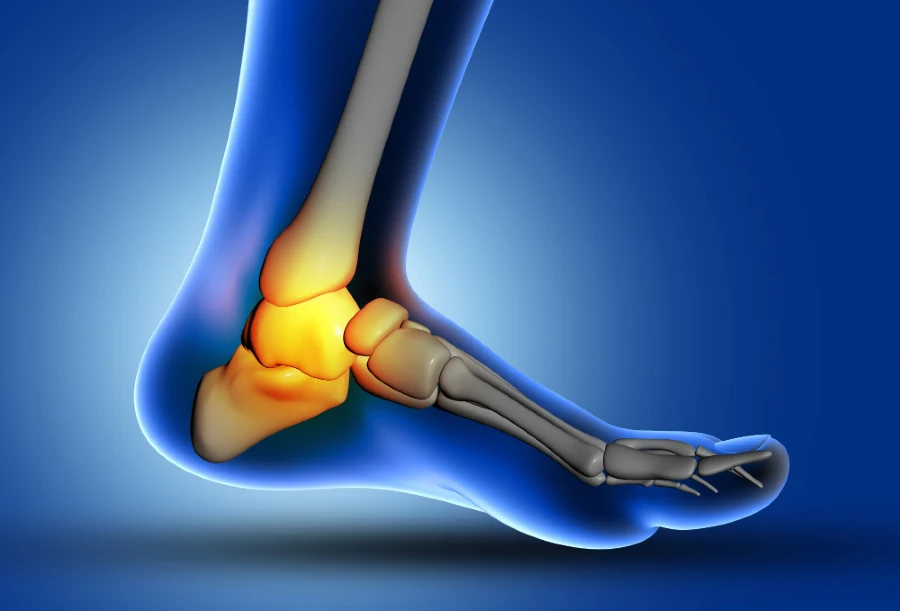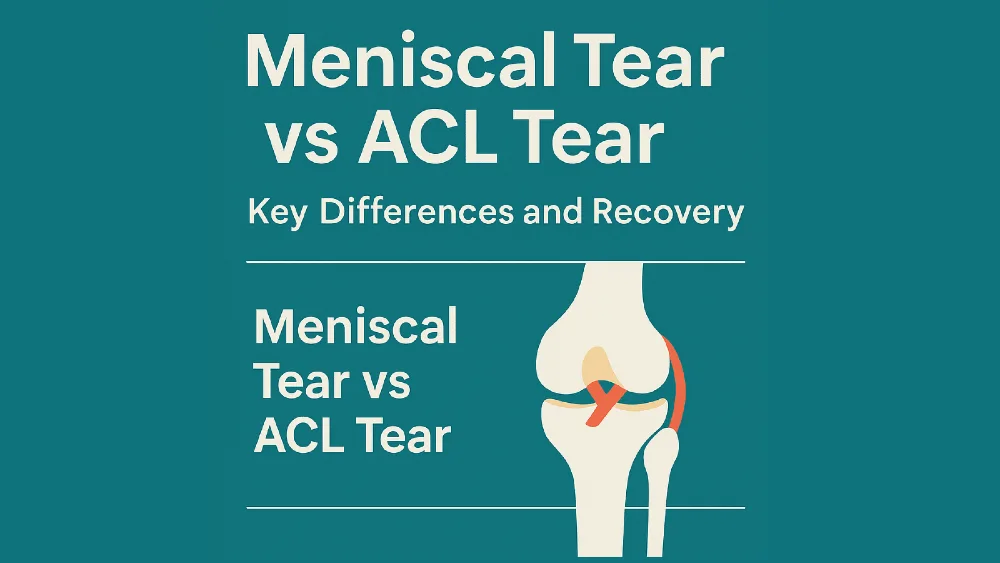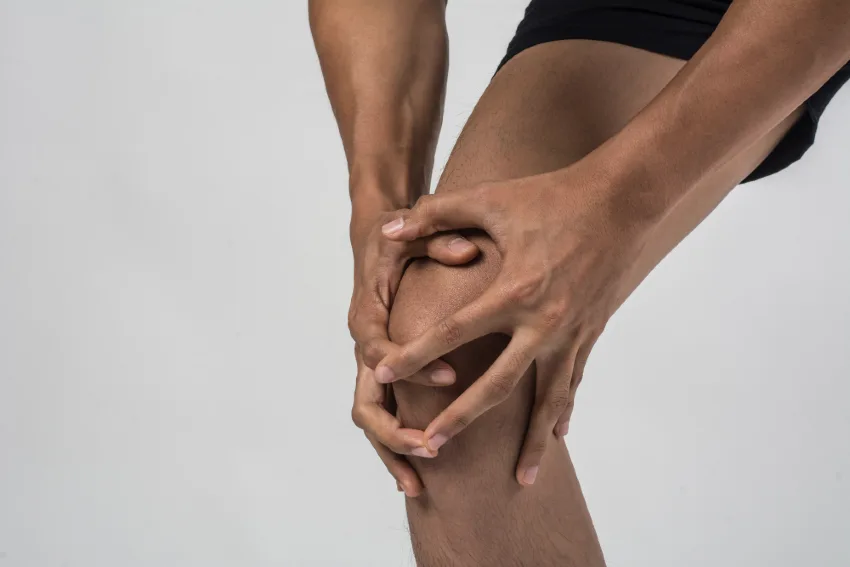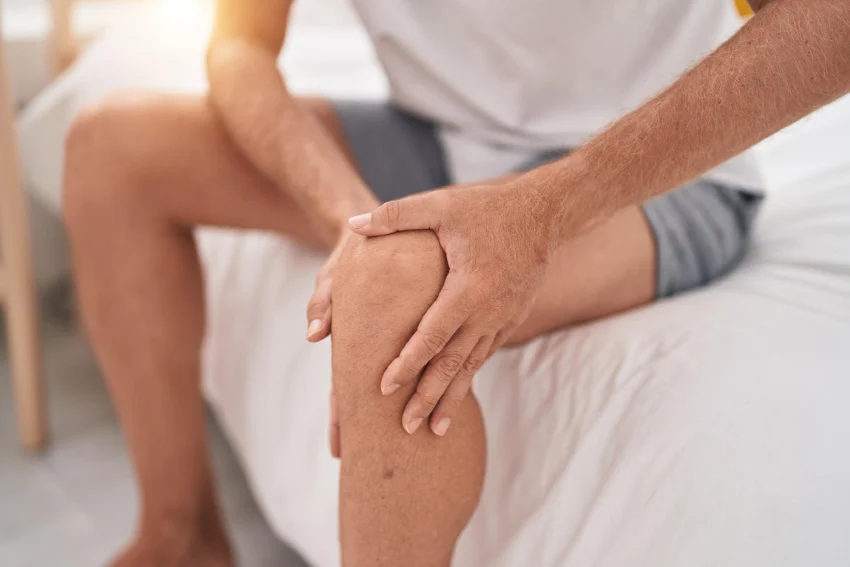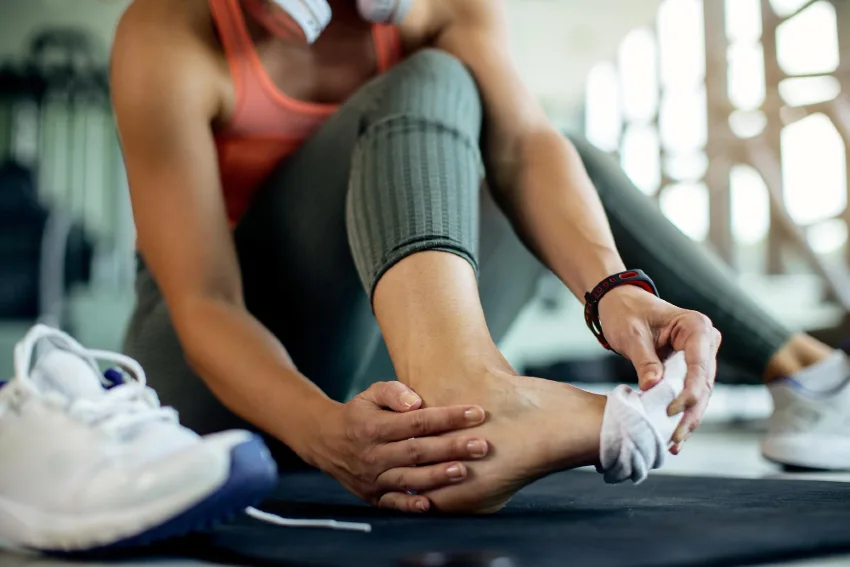Hip replacement is a big step — physically, mentally, and emotionally. Before surgery, most people think they have a pretty good idea of what to expect. They usually do some research, maybe talk to someone who’s had it done, and leave the consultation with a checklist of what to bring and what to do. And while that kind of preparation is important, there are still many important aspects of recovery that don’t get talked about enough.
There’s a lot you don’t fully understand until you’re actually living through the recovery. The first steps after surgery, the small victories that feel surprisingly big, the moments of frustration, and the emotional ups and downs rarely get mentioned, but they play just as important a role as the physical healing.
If you’re preparing for hip replacement, or even just thinking about it, here are the things I wish more people talked about. So, what do I wish I knew before hip replacement? Not just the medical facts — but the practical, everyday things you won’t find on most leaflets. The kind of tips and insights that can help you feel more prepared, more grounded, and a little less caught off guard.
Recovery Isn’t Just Physical — It’s Mental, Too
Patients usually expect pain, some discomfort, and limited mobility after hip replacement — and most are mentally prepared for that. What they don’t always expect is how much of the recovery process is shaped by mental fatigue, frustration, and emotional ups and downs.
In the early days, even simple tasks, like getting out of bed, going to the bathroom, putting on socks can feel exhausting. Progress is often slower than people hope, and that can lead to feelings of restlessness or discouragement, even when the surgery itself went smoothly.
Another common challenge is the temporary loss of independence. Many patients are surprised by how difficult it feels to rely on others for help, especially if they’re used to being active and self-sufficient. That emotional adjustment can be just as demanding as physical rehab.
It’s important to normalize these reactions. Feeling low, frustrated, or emotionally drained doesn’t mean something is wrong — it means the recovery process is happening. Healing isn’t linear, and not every day will feel like progress.
Encouraging patients to give themselves permission to go slow, accept help, and focus on small wins can make a big difference in how they cope. Mental resilience, just like physical strength, plays a major role in successful recovery.
The First Few Days Are Tough — But Manageable
The first few days after hip replacement are often the most challenging. Pain, stiffness, and fatigue are common. Even basic tasks like getting out of bed or walking a few steps can feel overwhelming at first.
Most patients don’t expect how tiring simple movements can be. Standing up, using the toilet, or just shifting in bed requires effort. This is normal, especially in the first 48 to 72 hours.
Good pain management makes a big difference. Medications help control pain, but some discomfort is expected, especially during movement. Patients often fear the pain more than the pain itself.
One surprise for many is how soon they’re encouraged to move. Most patients stand or walk (with help) within a day after surgery. Early movement helps prevent complications and supports faster recovery.
Logistical issues also catch people off guard. IV lines, walking aids, sleeping positions, and bathroom needs can feel like a lot at once. These things improve quickly, but they can be frustrating at first.
Celebrating small wins is important. Getting dressed, sitting in a chair, or walking to the bathroom are real signs of progress. These early steps build confidence, even when they feel slow.
The key is to stay realistic. Discomfort doesn’t mean something’s wrong — it means healing is happening. With support, good preparation, and patience, the first few days become manageable.
Little Things at Home Matter More Than You Think
Recovery doesn’t begin in the hospital — it begins at home. And the way your space is set up can make a bigger difference than most people expect.
Basic tasks quickly become more difficult after surgery. Sitting down, standing up, getting dressed, or reaching for something on the floor can feel awkward or even unsafe when mobility is limited. That’s why it helps to plan ahead.
A few simple changes can reduce frustration, prevent accidents, and support smoother recovery:
- Raise low chairs and your bed with cushions or sturdy supports to avoid deep bending.
- Add a toilet seat riser — this makes getting up much easier and safer.
- Remove rugs and clutter to reduce the risk of tripping or slipping.
- Keep essentials close and at waist level — phone, water, medications, remote, charger.
- Use assistive tools like a grabber, long-handled shoehorn, or sock aid.
- Set up a small recovery station with everything you need in one place.
- Consider a shower chair and non-slip mat — showering is often harder than expected.
Having someone to assist you in the first week or two can make a big difference. Even small tasks like preparing meals or getting dressed are easier and safer with help.
You don’t need to renovate your home. Just create a space that’s safe, simple, and easy to move through. These small preparations go a long way in making recovery more comfortable and less stressful.

Progress Doesn’t Always Go in a Straight Line
One of the most important things to understand about recovery is that healing doesn’t happen in a straight line. Most patients expect steady, predictable improvement — a little better each day. But in reality, progress often comes in waves.
Some days feel great, others feel like a step backward. You might have a day with less pain and more mobility, followed by a day of fatigue or increased soreness. This doesn’t mean something is wrong, in fasct, it’s a normal part of the healing process.
Setbacks are common, especially if you overdo activity, miss rest, or try to speed things up too quickly. Swelling, stiffness, or temporary pain flare-ups can all happen even weeks after surgery. The key is not to panic and not to compare your progress to others.
Every recovery is different. Age, fitness level, pain tolerance, joint condition, and even mindset all play a role. One bad day doesn’t mean you’re not healing. What really matters is how things are improving over time.
Encourage pacing. Pushing too hard can slow recovery, while listening to your body helps avoid complications. Some days will call for movement, others for rest — and both are equally valuable.
Remind yourself: slow progress is still progress. Celebrate the small wins, stay consistent with rehab, and trust that healing is happening, even when it doesn’t feel like it.
The Role of Physical Therapy Can’t Be Overstated
Physical therapy is not optional — it’s essential. Many patients assume that once the surgery is over, the hardest part is behind them. But in reality, recovery truly begins with movement.
Consistent, guided exercises help restore strength, mobility, and balance. Even small movements — like ankle pumps, leg lifts, or gentle walking promote circulation and prevent complications like blood clots or stiffness.
In the early stages, a physical therapist will guide each step and ensure proper form. As you progress, exercises become more challenging, focusing on building muscle support around the joint and regaining full range of motion.
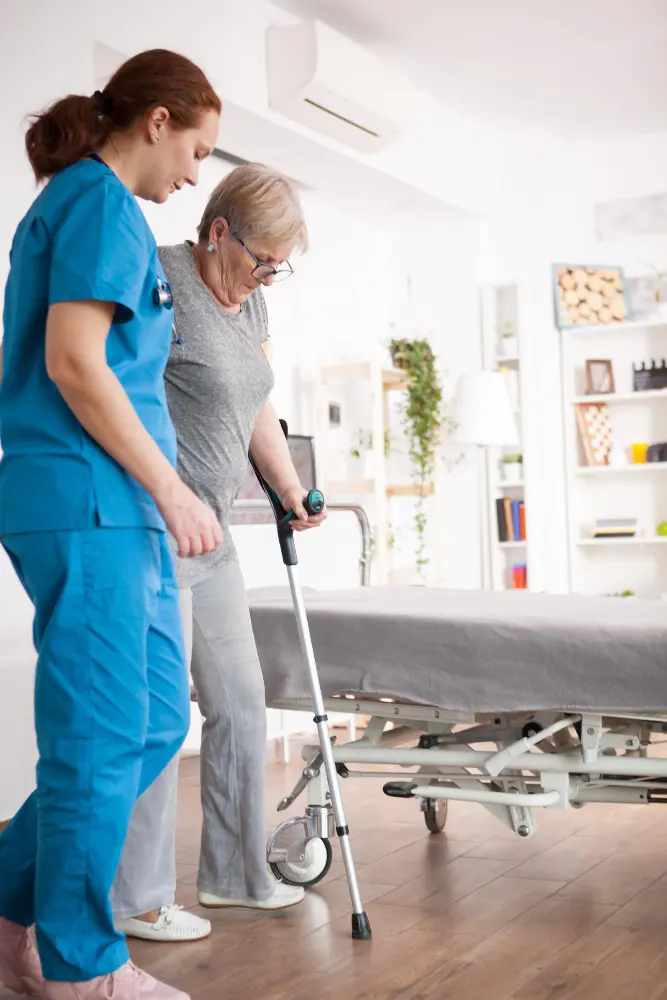
Skipping exercises or doing them incorrectly can delay recovery and lead to long-term issues. Likewise, doing too much too soon can cause setbacks. That’s why structure, pacing, and regular follow-up are so important.
Patients who stay consistent with rehab often recover faster, experience less pain, and regain function more reliably. Movement is medicine and physical therapy is the way to apply it.
Accept That Some Things Will Feel Strange at First
After surgery, it’s normal for certain sensations and movements to feel unusual, even unsettling. The joint is new, and the body is adjusting.
Many patients report feelings of tightness, clicking, numbness, or a general awareness of the implant. These sensations often fade over time but can feel unexpected or worrying in the beginning.
Stiffness in the muscles around the hip is common, especially after sitting or sleeping. Some people feel like one leg is longer than the other (even if it’s not). Others experience sudden fatigue or weakness without warning.
What’s important is knowing that these experiences are normal in the early phase of recovery. They don’t mean something is wrong — they mean your body is healing, adjusting, and adapting to new mechanics.
Be patient with unfamiliar sensations, and don’t panic if things don’t feel “perfect” right away. Most of these issues resolve over time with regular movement, therapy, and rest.
Knowing what’s normal and what’s not can reduce anxiety. When in doubt, ask your care team. But remember: strange doesn’t always mean serious.
Final Thoughts: What Do I Wish I Knew Before Hip Replacement?
Hip replacement is a major procedure and so is the recovery that follows. There’s no perfect way to prepare for every moment, but understanding what the journey really looks like can make a big difference.
What do I wish I knew before hip replacement? That healing is not just physical. That some days would feel discouraging. That everyday tasks would become temporary challenges. And that all of that is okay.
What matters most is not doing everything perfectly, but staying consistent, asking for help when needed, and being patient with the process. Recovery is full of ups and downs, and comparing your progress to others often leads to frustration. Every body heals at its own pace.
Small things — like having the right tools at home, sticking to physical therapy, and listening to your body turn out to be more important than most people expect. It’s not about how fast you recover, but how well.
If you’re about to go through this journey, know this: it’s tough, but manageable. With the right mindset, good support, and realistic expectations, most patients regain their strength, mobility, and confidence — one step at a time.






